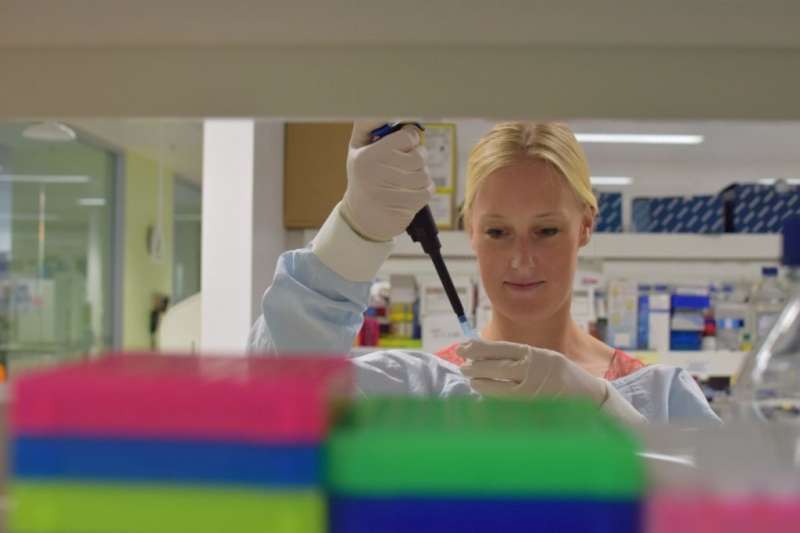Stopping the spread of ovarian cancer

Molecules that are important for a developing fetus have also been shown to drive the spread of ovarian cancer in adult women, according to Sydney researchers.
In Australia, one woman will die from ovarian cancer every 10 hours. The survival rate for women with the disease has remained at 30 per cent for years, as chemotherapy remains the only treatment option.
"These specialised molecules—called RORs—govern the way our limbs, hear and brain form when we're a developing fetus," says researcher Dr. Claire Henry from the University of New South Wales. "They sit on the surface of our cells, and activate a range of cellular processes."
However once we reach full development as adults, the molecules are no longer required and are switched off.
"Our research has shown that they are switched back on in ovarian cancer, however this time with a far more sinister purpose—to drive the spread of the disease around the body," says Claire.
The molecules has also been found in the supporting tissue that surrounds cancer, called stroma.
"This stroma can become inflamed which further enhances the growth and spread of ovarian cancer," Claire says.
However the presence of these molecules in both the cancer and surrounding stroma is a weakness the researchers hope new treatments will be able to exploit.
"Treatments which specifically target these molecules could offer new hope for treating this devastating disease," says Claire.


















